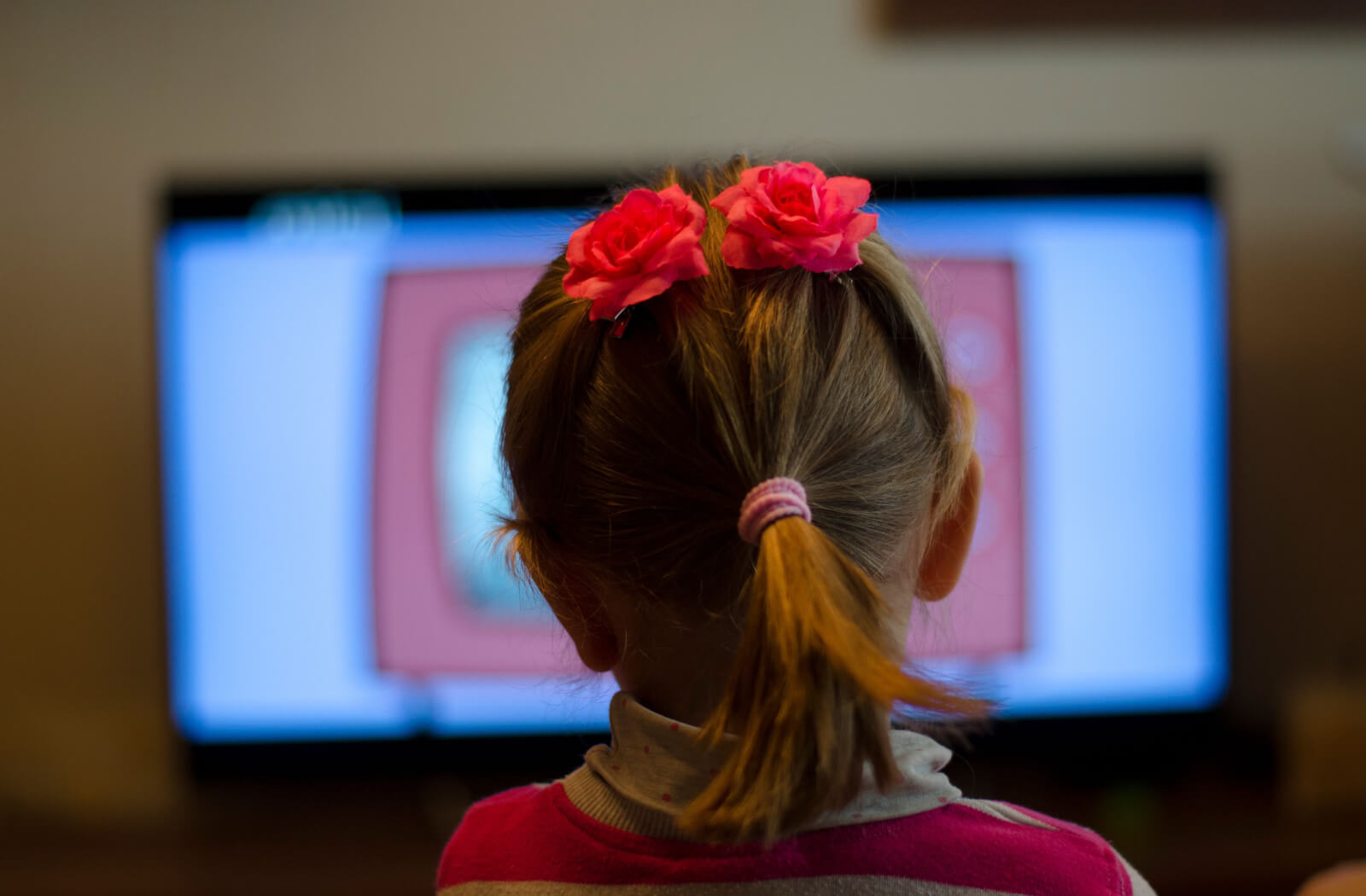Regular eye exams and properly fitting glasses can be crucial for kids’ eye health.
So, what should you know about kids’ glasses? Well, first and foremost, children’s eyes are constantly developing and changing, especially during their first few years of life. That’s why it’s important to have their eyes checked regularly by an optometrist or ophthalmologist to help catch any issues early on. Additionally, properly fitting glasses can improve a child’s vision and help them to better focus on schoolwork and other activities.
Knowing about kids’ glasses can help parents make informed decisions about their child’s eye health. For example, did you know that children’s glasses are recommended to have polycarbonate lenses, which are more impact-resistant and less likely to shatter? Or that certain styles and materials of glasses can be more comfortable for children to wear?
In this blog we’ll discuss what you should know about kids’ glasses, including signs your child may need glasses, glasses for childhood vision conditions, and prescription glasses styles.

Signs Your Child May Need Glasses
If you suspect your child may need glasses, the first step is to schedule a comprehensive eye exam with an optometrist. During the exam, the optometrist will conduct a series of tests to assess your child’s vision, including determining the strength of their prescription and checking for any specific eye conditions.
Signs that your child may need glasses can include:
- Squinting
- Tilting their head
- Covering one eye
- Sitting too close to the television
- Rubbing their eyes
- Complaining of headaches
- Having difficulty completing schoolwork
Kids’ Glasses for Vision Conditions
As kids develop, their bodies undergo various changes, and so do their eyes. It is not uncommon for children to start experiencing vision problems at a young age. In fact, according to the Canadian Association of Optometrists, 1 in 5 preschool children have vision problems that could interfere with their ability to learn and perform well in school. This is why it is important to understand common eye conditions that can affect children, such as myopia, hyperopia, and astigmatism.
Common Childhood Vision Conditions
Myopia, also known as nearsightedness, occurs when the eye is longer than usual, causing distant objects to appear blurry. Hyperopia, or farsightedness, on the other hand, happens when the eye is shorter than usual, making it difficult to see nearby objects clearly. Astigmatism is a condition where the cornea, the clear front layer of the eye, is irregularly shaped, causing distorted vision.
Glasses for Kids’ Vision Conditions
Glasses for myopia can help correct vision by adjusting the way light enters the eye. Glasses can either converge or diverge light rays, depending on the specific refractive error, enabling the eyes to focus on objects correctly. By doing so, glasses can significantly improve a child’s vision, allowing them to see clearly and comfortably.
Aside from improving their vision, early intervention and treatment for children’s eye problems can also have long-term benefits. Correcting refractive errors early on can reduce the risk of developing amblyopia, a condition where one eye is weaker and less effective than the other. In addition, children with better vision are more likely to perform well in school and have increased confidence in social situations.
Kids’ Prescription Glasses Styles
Once your optometrist has determined the appropriate prescription for your child, they will work with you to select frames that are durable, fit well, and appeal to your child’s sense of style. It’s important to consider that kids can be tough on glasses, so durability is key when selecting frames. Additionally, choosing frames that fit well is crucial for your child’s comfort and the effectiveness of their glasses.
Kids’ Glasses Frames Styles
When it comes to style, there are countless options available for kids’ glasses frames. Some popular styles include rectangle frames, round frames, and cat-eye frames. Bright colors and fun patterns can add a playful touch to your child’s glasses, while more neutral options can be a better fit for older kids or those who prefer a more understated look.
Specialty Eyewear for Kids
If your child is involved in sports or other activities that require protective eyewear, there are also frames available designed specifically for these purposes. Specialty frames often have shatter-proof lenses and are made from materials that are designed to withstand impact.
Choosing the right frames for your child’s glasses can be a fun and exciting process, and there are plenty of options to choose from. With a little bit of research and guidance from your optometrist, you can find the perfect frames for your child’s individual needs and preferences.
Kids’ Glasses at One Vision Eyecare
At One Vision Eyecare, our team can diagnose and treat a wide range of vision issues in children. Our comprehensive children’s eye exams are tailored to meet the unique needs of children, and we provide pediatric eye care to monitor your child’s vision as they grow. We also offer a wide selection of kids’ glasses and frames, so you can find a style that your child will love and feel comfortable wearing.Whether your child needs a routine eye exam or treatment for a more serious vision issue, we’re here to help. Contact us today to schedule your child’s next eye exam or consultation. We look forward to helping your child see the world more clearly!




